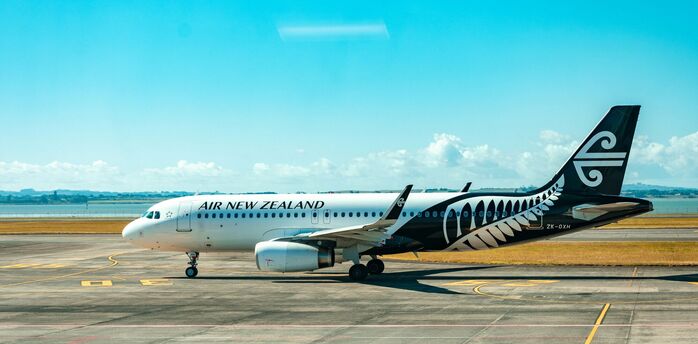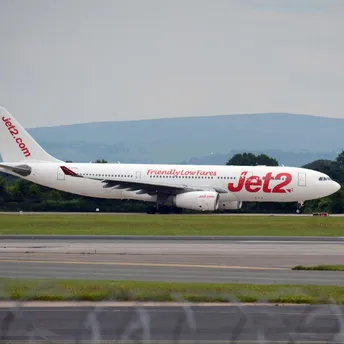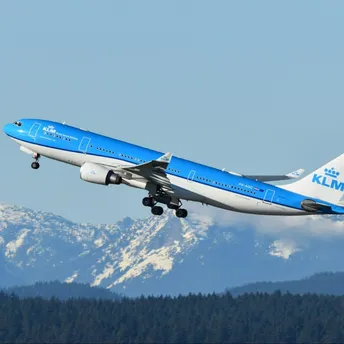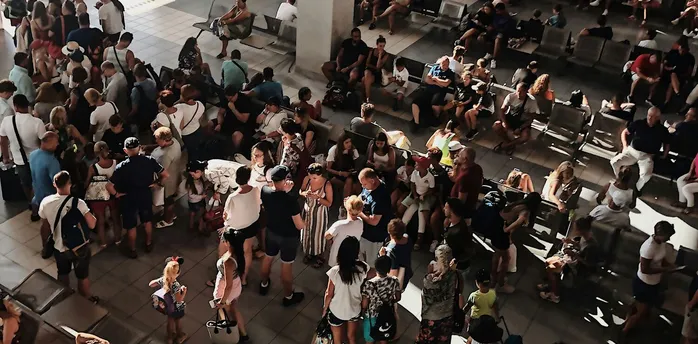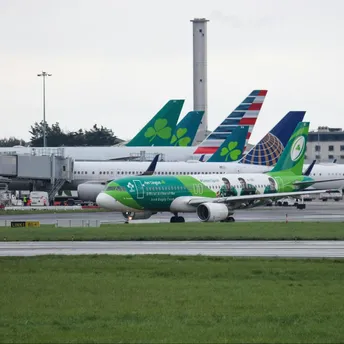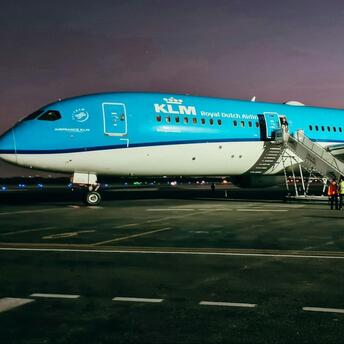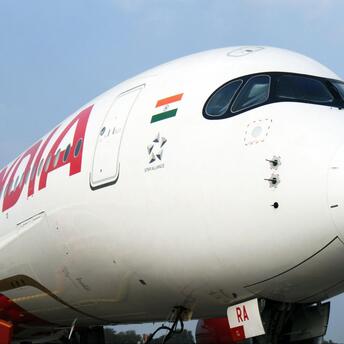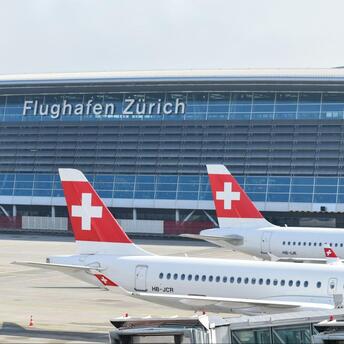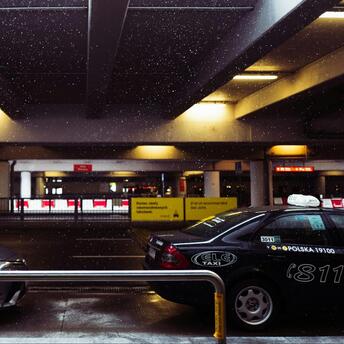The Busiest Single-Runway Airports in Asia, Europe, and North America

While many of the world's busiest airports can operate multiple runways simultaneously, some iconic airports manage to maintain efficient operations with just one runway. Behind the scenes, numerous staff members ensure smooth arrivals, departures, and optimal use of taxiways. These single-runway airports continue to handle significant traffic, demonstrating exceptional operational capabilities.
In Asia, Chhatrapati Shivaji Maharaj International Airport in Mumbai stands out. Although it technically has two runways, their intersecting layout means they can't be used simultaneously. This unique feature allows flexibility in takeoff and landing directions, accommodating substantial traffic volumes.
London Gatwick Airport in Europe is another prominent example. Serving as a major hub for the British capital, LGW operates primarily with a single 10,879-foot runway. Despite having a second runway, its proximity to the main strip prevents concurrent operations. This efficient setup supports millions of passengers annually.
San Diego International Airport in North America is renowned for its single-runway operations. Situated in Southern California, it manages heavy traffic with a 9,401-foot runway. The airport's urban location restricts expansion, making nighttime maintenance essential to avoid disruptions.
Mumbai's airport handled over 51 million passengers last year and recorded 980 flights within 24 hours in 2018. London Gatwick welcomed more than 41 million passengers in 2023, with plans to upgrade its secondary runway for future dual operations. San Diego International rebounded strongly from the pandemic, reaching 24 million passengers in 2022.
These airports exemplify efficient single-runway management, ensuring minimal disruption and maintaining high traffic volumes. Their strategic maintenance schedules and unique layouts highlight the remarkable capabilities of single-runway operations in major global hubs.


